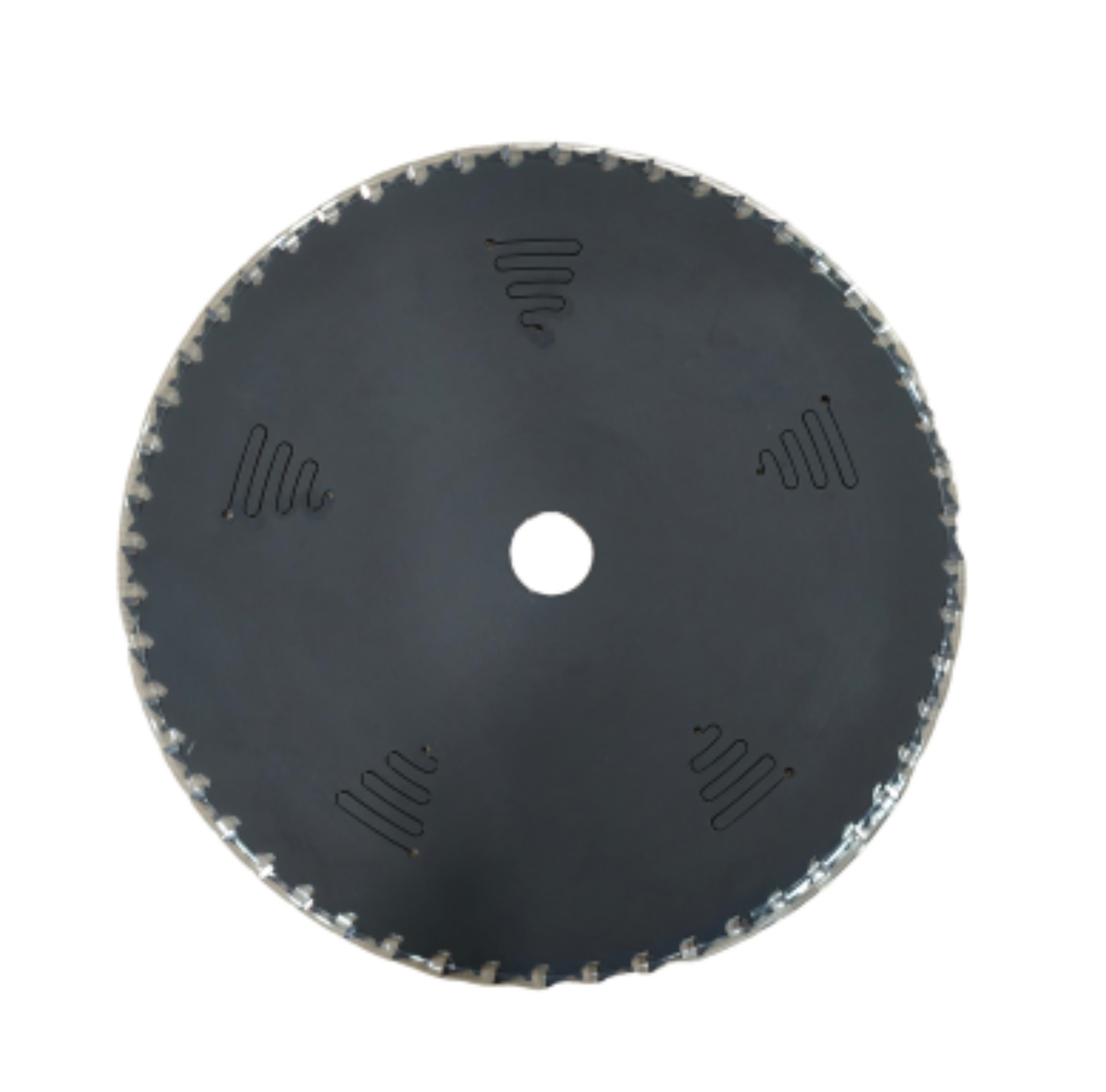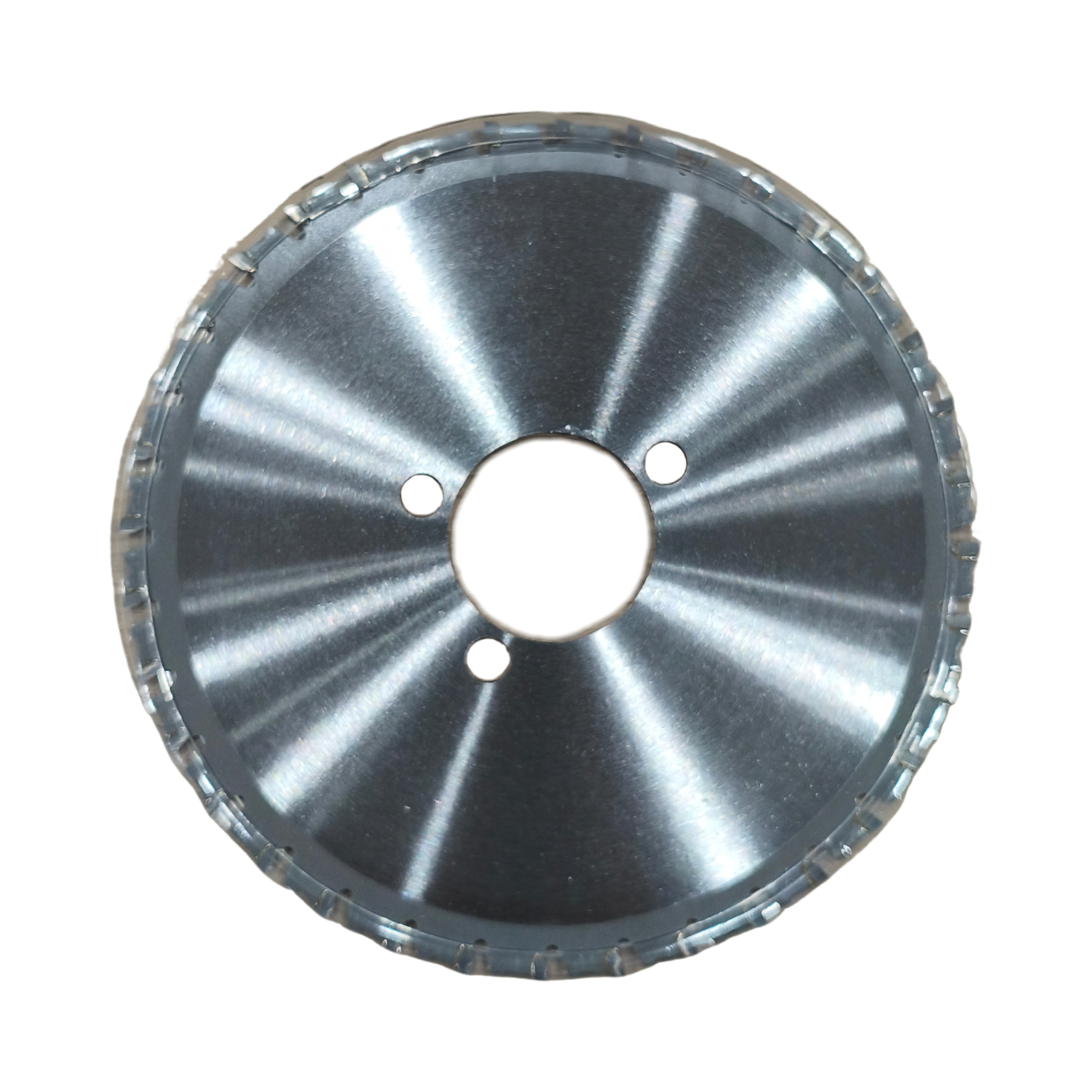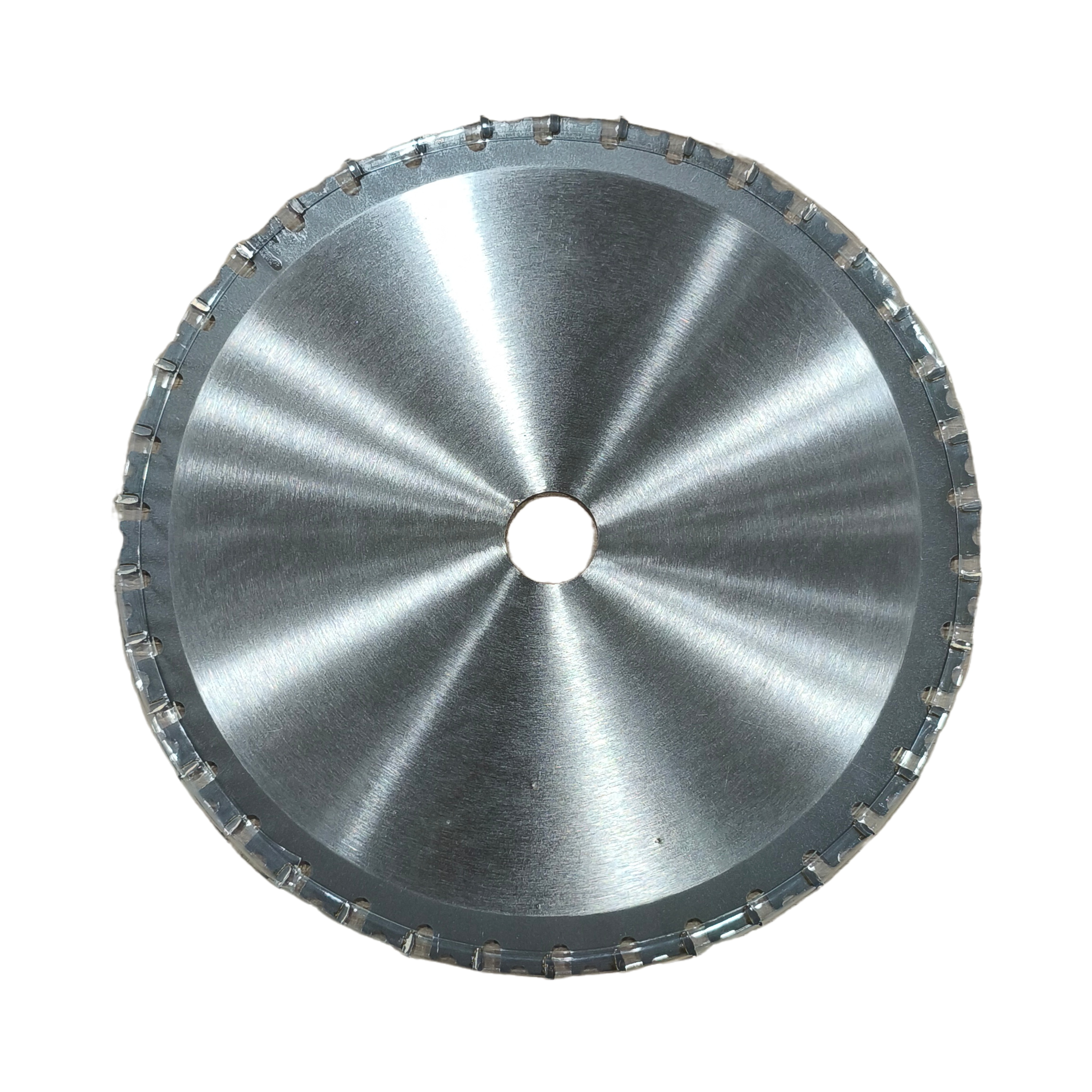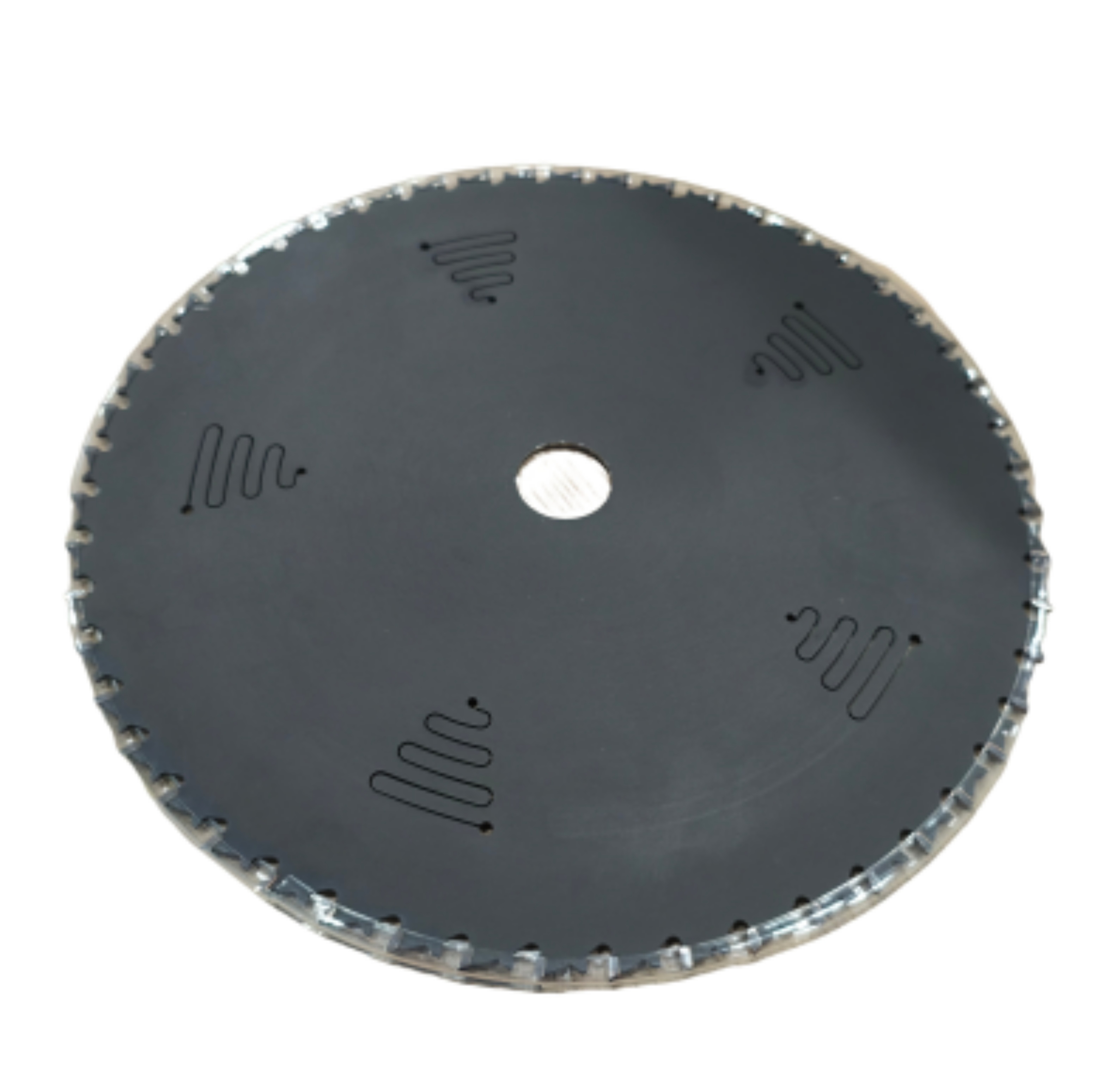New Product Launch: A Popular Science Guide to Alloy Saw Blades
Release time:
2025-07-08
1. Introduction
Alloy saw blades are the "high-efficiency cutting tools" in modern industry and processing. Combining cemented carbide tips with high-strength substrates, they boast exceptional hardness, outstanding wear resistance, and precise cutting performance, easily handling a variety of materials including wood, metal, and stone. Whether on small handheld devices or large industrial machines, they significantly boost cutting efficiency while ensuring smooth, flat surfaces—an indispensable core tool in production and processing.
2. Basic Composition
- Substrate: Acting as the "skeleton" of the saw blade, it is mostly made of 65Mn spring steel or high-speed steel. Beyond maintaining the blade’s overall shape, it must resist impact and torque during high-speed rotation to ensure stable cutting. A high-quality substrate balances toughness and fatigue resistance, effectively reducing deformation at high speeds and extending the blade’s lifespan.
- Alloy Tip: The "cutting core" of the blade, crafted from cemented carbide containing tungsten, cobalt, and other elements—its hardness far exceeds both the substrate and the material being cut. The tip’s material ratio, edge sharpness, and shape directly determine cutting speed and durability: a sharp tip "bites into" materials effortlessly, while premium alloy enhances wear resistance.
- Welding Layer: The "bond" connecting the substrate and tip, typically formed via high-frequency welding. This layer is a "safety line"—poor welding can cause tips to detach during high-speed cutting, compromising results and posing safety risks.
3. Distinguishing Good from Bad
- Check the Appearance: A quality blade has a mirror-smooth substrate free of rust, cracks, or warping, with straight edges. Its alloy tips feature uniform color (e.g., a warm golden hue from nitriding), sharp edges without nicks or burrs, "ready to perform." Welds between tips and substrate are seamless—no bubbles or gaps visible under bright light, as if "forged as one."
- Assess the Material: Lightly scratch the tip with a hard object: premium carbide leaves a shallow, smooth mark, while inferior tips show deep scratches or even chip off. Tap the substrate—a clear, resonant ring indicates top-grade material; a dull thud suggests poor quality or hidden damage.
- Test Performance: A good blade cuts "like a breeze"—running smoothly with minimal noise, leaving clean, burr-free surfaces and expelling chips effortlessly. Inferior blades, however, "struggle" with jamming, rough cuts, and overheating, which can deform materials and damage the blade itself.
4. Common Sizes
Alloy saw blades come in "custom-fit" sizes: diameters range from tens to hundreds of millimeters (e.g., 100mm, 125mm, 150mm, 200mm, 300mm), adapting to different equipment and material thicknesses. Thickness typically ranges from 1mm to several millimeters—too thin causes wobbling, too thick wastes material, so precision matching is key. Tooth count "varies by material": wood-cutting blades have fewer teeth (10-60) for efficient chip removal, while metal-cutting blades have more (60+ teeth) for smoother surfaces. Choosing the right size ensures "maximum efficiency."
5. Application Industries
- Wood Processing: From log splitting and board cutting to fine furniture crafting, saw blades with different tooth shapes and counts excel at both rough and precision cuts, leaving wood surfaces smooth and burr-free.
- Metal Processing: In manufacturing aluminum alloy doors, windows, and auto parts, they precisely cut aluminum, copper, and steel, leaving clean, slag-free surfaces—trusted allies in metal forming.
- Building Materials: Efficiently cutting stone, plastic boards, and composite materials, they support accurate material processing in construction and decoration.
- Furniture Manufacturing: Ensuring precise cuts for boards and solid wood, they guarantee dimensional accuracy and surface quality of furniture components—a "silent guardian" of furniture craftsmanship.
Don’t wait – pick the perfect alloy saw blade for your needs now!






















